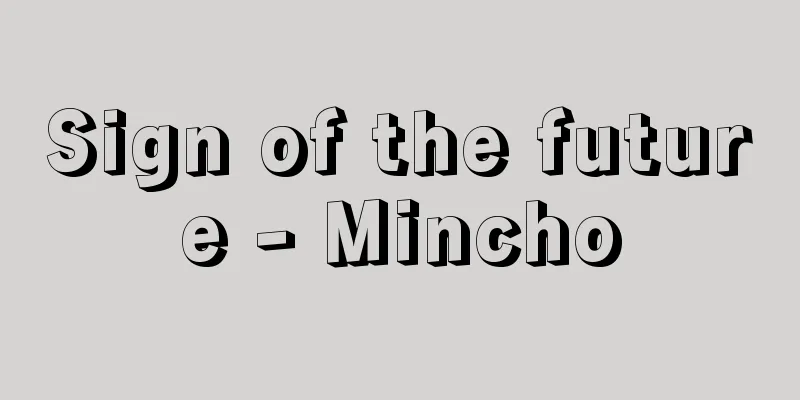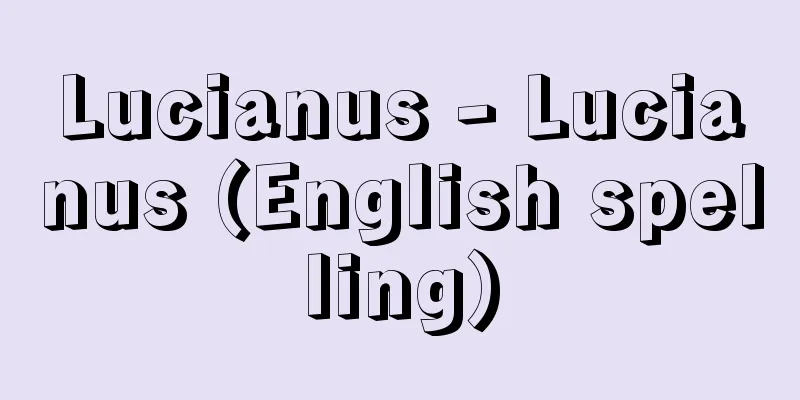Sign of the future - Mincho

|
A painter-monk from the early Muromachi period. His given name was Kichizan and his pen name was Hasouai. Born in Awaji Province (Hyogo Prefecture), he became a disciple of Daido Ichii (1289-1370) at a young age, and later traveled to Kyoto with his teacher to enter Tofuku-ji Temple, where he became the head priest of the temple and was nicknamed Chodensu. He remained a painter-sculptor for Tofuku-ji Temple throughout his life, producing many Buddhist paintings and portraits for the temple, and some of his most famous works are still preserved at the temple today. These include the 50-panel "Five Hundred Arhats" (45 of which are currently at Tofuku-ji Temple and 2 at Nezu Museum), completed in 1386 (3rd year of the Genchu and Shitoku eras), as well as other masterpieces such as the "Portrait of Shoichi Kokushi," "Great Nirvana" (1408), and "Dharma Toad Ironclad" (all at Tofuku-ji Temple). While modeled on Buddhist paintings from the Song and Yuan dynasties, he achieved his own powerful style by using strong, thick and thin ink lines and dark colors. This style was inherited by Isshi, Sekkyakushi, Reisai, and others, and is known as the Tofuku-ji school, as opposed to the Shokoku-ji school that was descended from Josetsu and Shubun. In later years, Myocho began to paint pure ink paintings in addition to Buddhist paintings, producing works such as "White-robed Kannon" (MOA Museum of Art, Shizuoka Prefecture) and "Small Landscape in the Shadows of a River" (Konchiin, Nanzen-ji Temple, Kyoto, National Treasure). A copy of a self-portrait that Myocho is said to have painted and sent to his sick mother is still extant at Tofuku-ji Temple, and is noteworthy as an extremely early example of a self-portrait. [Satoru Sakakibara] "Complete Collection of Japanese Art Paintings 1: Kao/Meicho" by Hiroshi Kanazawa (1981, Shueisha) Source: Shogakukan Encyclopedia Nipponica About Encyclopedia Nipponica Information | Legend |
|
室町初期の画僧。諱(いみな)は吉山(きちざん)。号は破草鞋(はそうあい)。淡路(あわじ)国(兵庫県)に生まれ、若くして大道一以(だいどういちい)(1289―1370)の門に入り、のち師とともに上洛(じょうらく)、東福寺に入寺して堂守の殿主(でんす)職についたので、兆殿司(ちょうでんす)と俗称される。終生東福寺の絵仏師的な立場を貫き、同寺のために多くの仏画や頂相(ちんぞう)を制作、それらの代表作はいまも東福寺に残る。1386年(元中3・至徳3)に完成した『五百羅漢図』50幅(現在45幅は東福寺、2幅は根津美術館)をはじめ、『聖一国師(しょういちこくし)像』『大涅槃(だいねはん)図』(1408)、『達磨蝦蟇鉄拐(だるまがまてっかい)図』(いずれも東福寺)などの大作がそれで、宋元(そうげん)仏画に範をとりながらも、肥痩(ひそう)のある強い墨線と、やや色調の暗い色彩とを用いて、独自の力強い画風を完成させている。こうした作風は、一之(いっし)や赤脚子(せっきゃくし)、霊彩(れいさい)などに受け継がれ、如拙(じょせつ)―周文(しゅうぶん)の系統を引く相国寺派に対し、東福寺派とよばれている。後年、明兆は仏画以外に純然たる水墨画にも筆を染め、『白衣観音(びゃくいかんのん)図』(静岡県、MOA美術館)や『渓陰小築図』(京都・南禅寺金地院(こんちいん)、国宝)などの作がある。なお東福寺には、明兆が病の母へ描き送ったと伝えられる自画像の模本が現存し、自画像のきわめて早い作例として注目に値する。 [榊原 悟] 『金沢弘著『日本美術絵画全集1 可翁/明兆』(1981・集英社)』 出典 小学館 日本大百科全書(ニッポニカ)日本大百科全書(ニッポニカ)について 情報 | 凡例 |
>>: Mindanao [island] - Mindanao
Recommend
Goldcrest
...The name "goldcrest" comes from its ...
Kosan - Kosan
The title of a Shomyo song. Also called Kouge. A S...
Saninpo - Saninpo
The correct title is San'in Ji'i Binggen L...
《Ecri》 - Ekuri
...This caused a great intellectual reaction, and...
Kamikawa Basin
A large basin in the center of Hokkaido. It is bo...
resale price maintenance policy
In addition to these basic pricing policies, ther...
Poetry of Ecstasy
Symphony No. 4 (1904-1907) by the Russian composer...
Coast Guard Officer
An official of the Japan Coast Guard. They handle...
Quaywall - Ganpeki (English spelling)
A type of mooring facility for ships, it has a wa...
Okuki mine
...Agriculture is centered on rice and wheat, wit...
Blow fly - Kurobae (English spelling)
A general term for insects in the Calliphoridae f...
nakkarazen
In Turkey, in traditional military music, two nak...
Jacques de Vaucanson
1709‐82 French engineer. Born in Grenoble. A gifte...
Key West (English spelling)
A resort town on Key West Island, at the southwest...
Hokkiji Temple
A Shotoku sect temple in Okamoto, Ikaruga-cho, Nar...









